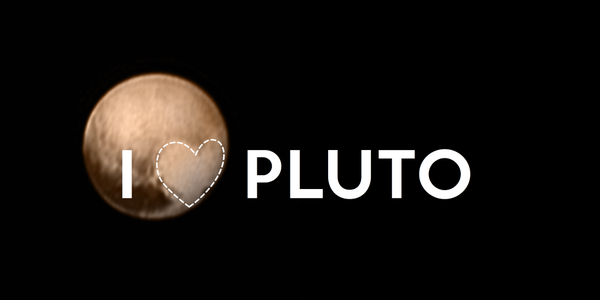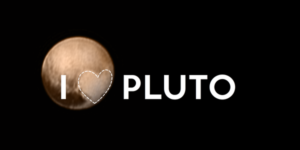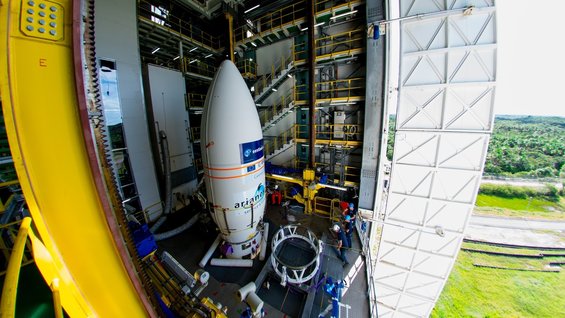
We love you too, Pluto!
Knock, Knock!
Who is there?
New Horizon
New whohoho!?
With two days left, things are getting very real. If you are not sure what I am so excited about, it is New Horizon’s Pluto flyby on July 14th. (Still not sure what, feel free to read this earlier post when the satellite was woken up from a long sleep)
As the satellite keeps sending beautiful pictures back to Earth, the heart shape on Pluto was revealed. It is almost like, the mysterious planet is expressing its love and awaiting the visit. This picture taken a mere five million miles from the planet was released earlier this week.
A little cheesy for scientific world, but hey, who doesn’t like to look at a random heart and that too in a different world!?
Keep tuned for more posts in the upcoming days!
Read more.






